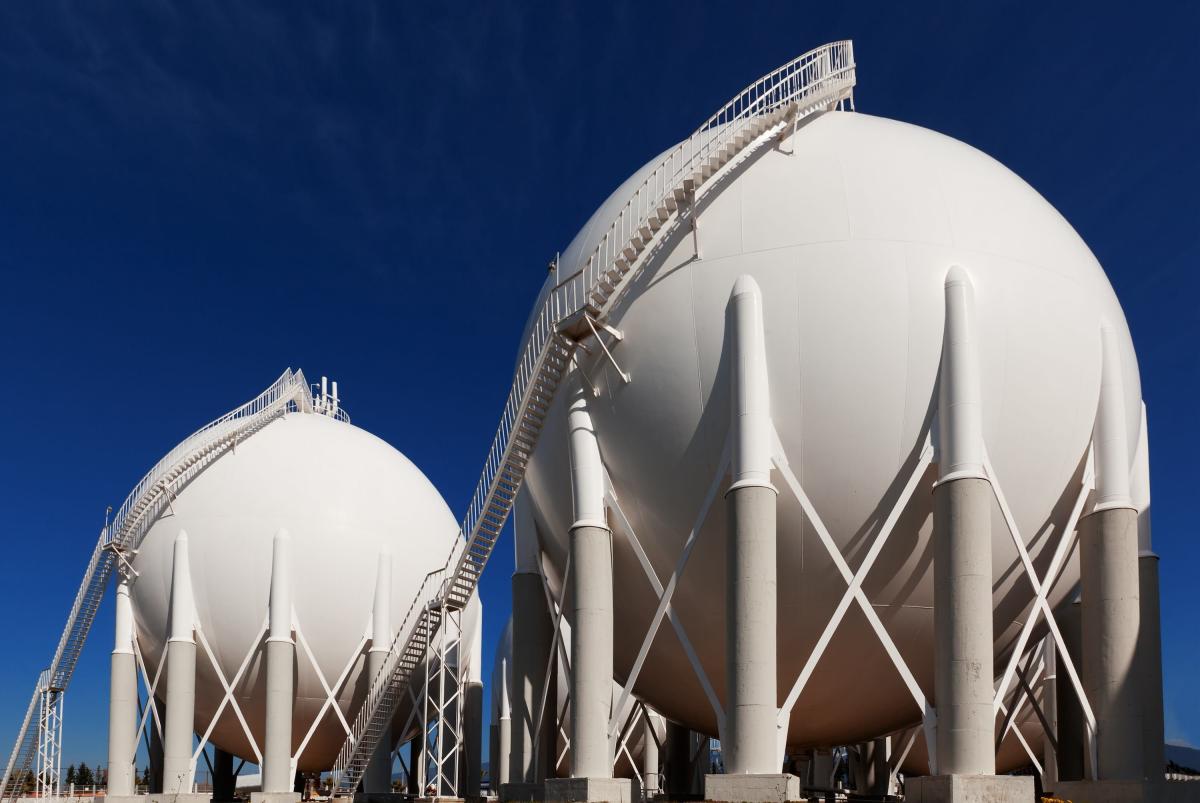Hydrogen might be touted as a fuel of the future that stands ready to decarbonize shipping and industry, but for the 90 million metric tons used today in everything from fertilizer production and chemical manufacturing, 96% is derived directly from natural gas, oil, or coal. For instance, one of the most common ways is through steam reformation of methane, which basically cooks methane so the hydrogen falls off, releasing carbon dioxide in the process.
Hardly the stuff of a climate-friendly future.
That means there’s plenty of room for companies trying to make the production of hydrogen cheaper. “There’s over $100 billion spent today on hydrogen in industrial applications,” said Molly Yang, co-founder and CEO of Hgen.
Yang and her co-founder Colin Ho founded Hgen three years ago after stints at Tesla and SpaceX, respectively. Their goal was to modularize electrolyzers, the chemistry kits capable of cranking out green hydrogen by splitting water atoms into hydrogen and oxygen. Electrolysis isn’t perfectly clean — it still requires electricity, which today is generated from a mixture of renewables and fossil fuels, but as the grid gets cleaner, the production of hydrogen through electrolysis gets cleaner as well.
That vision earned them a $2 million seed round in 2022 led by Founders Fund and induction into that year’s Breakthrough Energy Fellows cohort. Now, Hgen is back with another $5 million funding round from Seven Seven Six with participation from Fontinalis Partners and Founders Fund, the company exclusively told TechCrunch.
Part of Hgen’s initial pitch was that we have all the electrolyzer technology we need today, but it’s not sufficiently optimized. “We aren’t a materials R&D company,” Yang told TechCrunch. Instead, the team focused on optimizing the entire widget, from the electrolyzer’s electrodes to the tangle of pipes and pumps that support them.
Hgen is using alkaline electrolyzers, an old and proven technology that typically trades some of the efficiency gains of newer approaches in favor of lower costs. But Yang claimed that Hgen has found a way to shrink the electrolyzer twenty-fold, reducing materials and manufacturing costs. “Even with first builds, we’re coming out at a much lower cost,” she said.
In an electrolyzer, the magic happens at the interface between the electrode and the liquid. The electrodes carry electricity into the liquid and facilitate the chemical reaction that splits the bonds between hydrogen and oxygen. When that happens, bubbles of hydrogen gas on one side of the electrolyzer and oxygen gas on the other form on the electrodes and eventually trickle up to the surface.
But those bubbles also tend to overstay their welcome. “That blocks the electrodes from being reactive and being able to form new hydrogen,” Yang said. So Hgen tweaked the electrode design to encourage hydrogen and oxygen bubbles to leave sooner. That means that Hgen’s electrolyzer stack can be smaller and produce the same amount of hydrogen. A smaller stack uses fewer materials and takes up less space, further cutting costs. “Our cell design basically allows for this virtuous cycle,” she said.
Yang said that Hgen is going to package the entire thing into a 40-foot shipping container that can be delivered to a site and hooked up with minimal labor — “just water and electrical inputs,” she said.
The startup is initially targeting companies that currently get hydrogen delivered in a liquified form, which Yang said can cost well over $10 per kilogram. “Being able to avoid all of that liquefaction, all of that truck delivery, is just a more appealing cost proposition for them,” she said. “And also a more stable, secure supply for them.”

